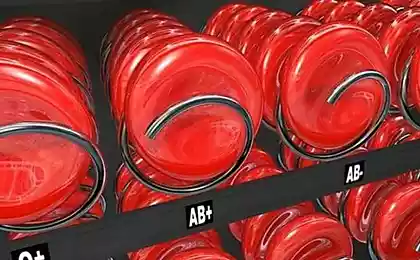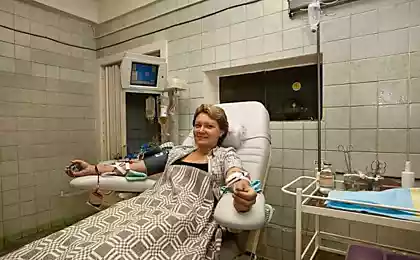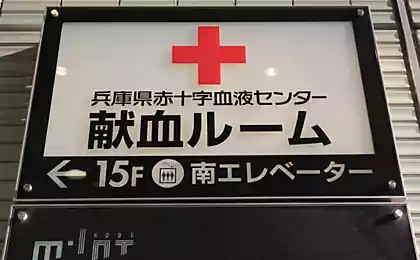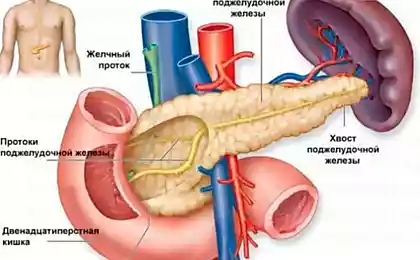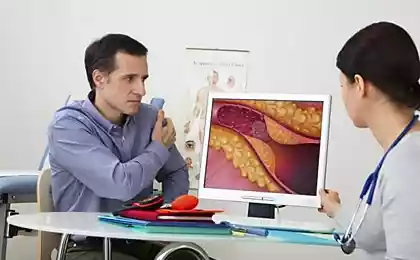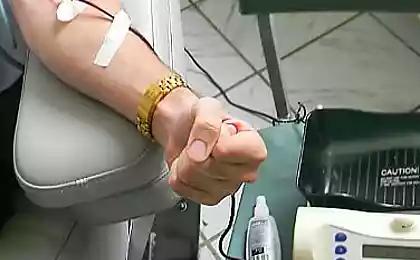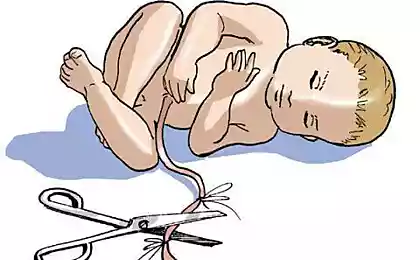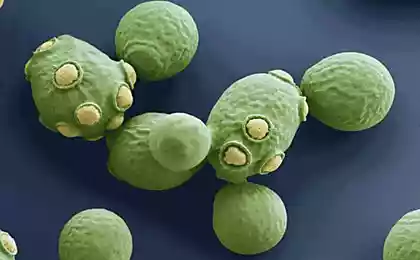1075
Have you ever become a blood donor?
The very first blood transfusions made the English physician William Harvey. Since then, it took several centuries to make the procedure safe. In 1900, Austrian physician Karl Landsteiner made a discovery for which 30 years later received the Nobel Prize: allocated the first three blood groups - A, B and C (later renamed to O).
Have you ever become a blood donor? The main value of this discovery - an idea of the blood compatibility of different groups, on which depends the success of transfusion. Later, in 1940, Landsteiner found another factor blood compatibility - the Rh factor.
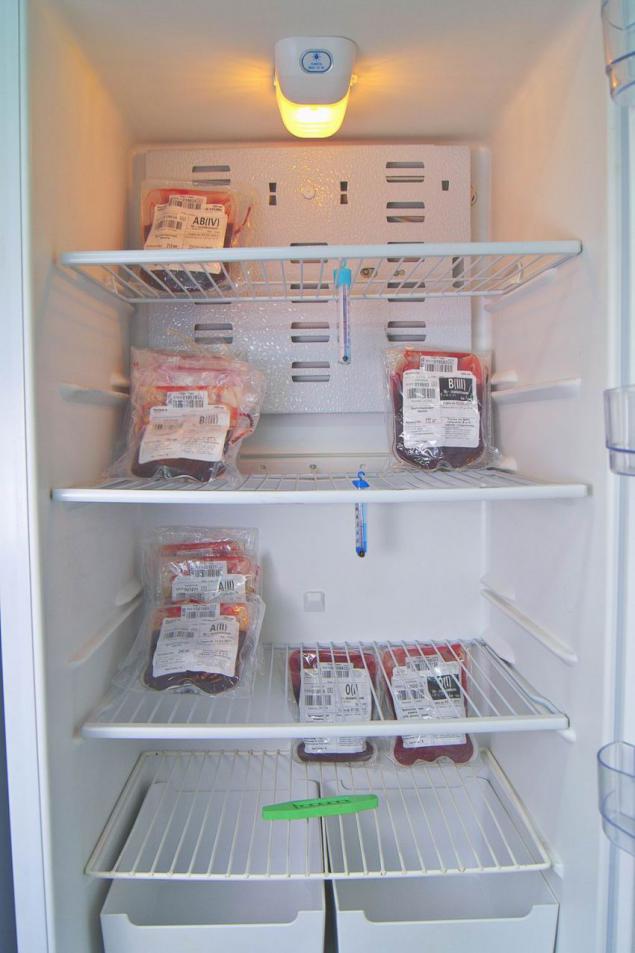
Since then, the basic rules were supplemented by a blood transfusion, but did not change dramatically. And this knowledge allow to save the lives of hundreds of thousands of people every day, because the blood transfusion required for any major surgery, blood loss, trauma, chronic diseases. Blood takes a lot, so it is important support people willing to save the life of another.
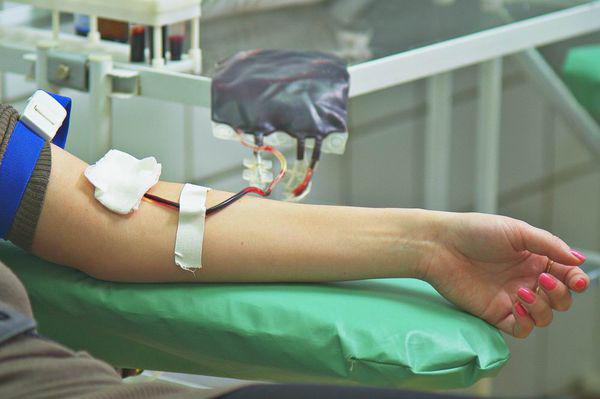

How to donate blood?
The process of drawing blood takes only 3-5 minutes! Take approximately 400 ml. - This volume does not cause changes in the physical condition, and is easily compensated by a good diet and frequent drinking.
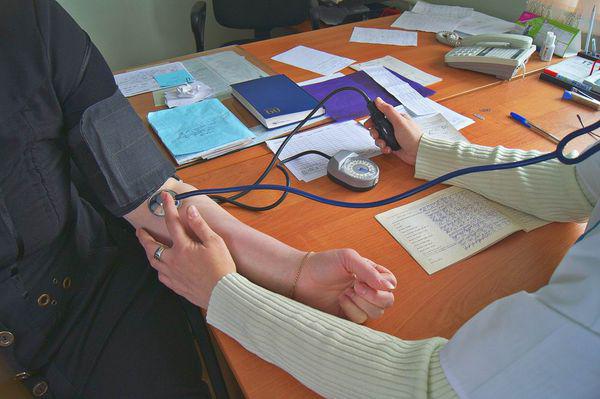
Before any blood therapist will talk with you, to measure pressure, take blood count to check for common indicators.
On the day of the blood donation in the morning should not be there, but it is possible and even necessary to drink strong sweet tea. Also the day before you need to give up the greasy, spicy, alcohol - only in this case, your blood will be suitable for transfusion.
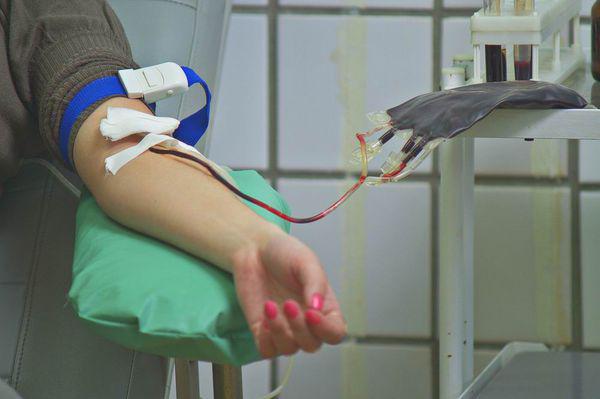
Samples of blood donations sent for tests to detect infections.
The remaining blood is immediately separated into plasma and packed red blood cells. In a special centrifuge, due to phenomena of centrifugal force, the red blood cells are distributed in accordance with the mass and density: larger - erythrocytes - settle down and the plasma remains at the top.
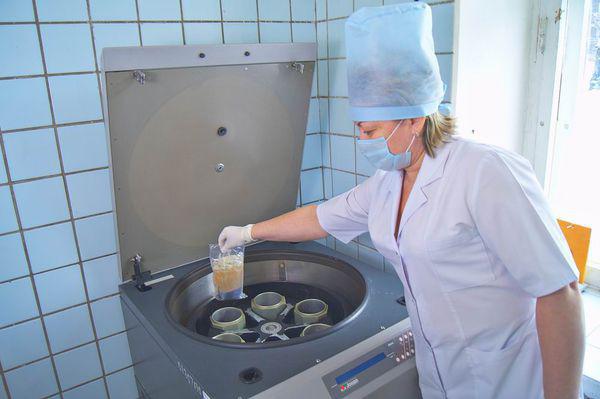
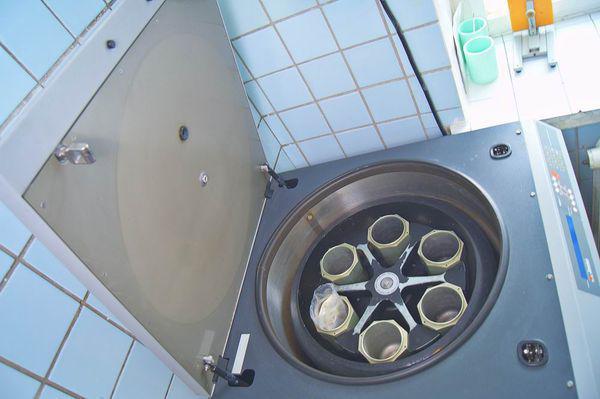
Next on the device, which looks simple, but difficult is called - plazmoekstraktor - separate the plasma from the cells. This is because the blood is more convenient to store and use, because it is often only required packed red blood cells or plasma only.
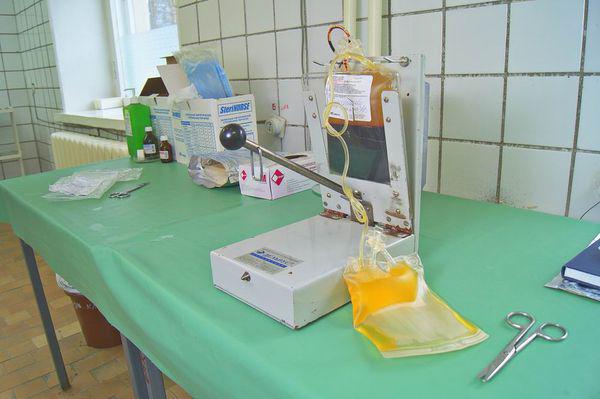
It is important that the different components of the blood can be stored at different temperatures.

When whole blood is stored only 10 days at low positive temperature, divided into parts, it is stored for much longer: packed red blood cells - up to 30 days at a temperature of 4 - 8 degrees. C, plasma - up to 2 years at a temperature of minus 30 degrees. Celsius.
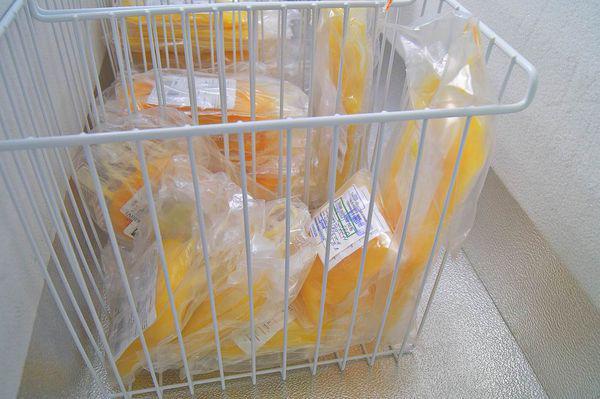
Separately, the plasma is used for infusion for bleeding, burns ... and er. weight - for chronic or acute anemia. When loss of blood was poured immediately packed red blood cells and plasma.
Packed red blood cells can be used within 2-3 days after receiving the test results. The plasma is kept up to six months without use, and is transmitted for transfusion only if the donor could come within six months and get tested again. This is done to make sure that over the past period did not reveal any dangerous diseases, and plasma can be used.

Source: masterok.livejournal.com
Have you ever become a blood donor? The main value of this discovery - an idea of the blood compatibility of different groups, on which depends the success of transfusion. Later, in 1940, Landsteiner found another factor blood compatibility - the Rh factor.

Since then, the basic rules were supplemented by a blood transfusion, but did not change dramatically. And this knowledge allow to save the lives of hundreds of thousands of people every day, because the blood transfusion required for any major surgery, blood loss, trauma, chronic diseases. Blood takes a lot, so it is important support people willing to save the life of another.


How to donate blood?
The process of drawing blood takes only 3-5 minutes! Take approximately 400 ml. - This volume does not cause changes in the physical condition, and is easily compensated by a good diet and frequent drinking.

Before any blood therapist will talk with you, to measure pressure, take blood count to check for common indicators.
On the day of the blood donation in the morning should not be there, but it is possible and even necessary to drink strong sweet tea. Also the day before you need to give up the greasy, spicy, alcohol - only in this case, your blood will be suitable for transfusion.

Samples of blood donations sent for tests to detect infections.
The remaining blood is immediately separated into plasma and packed red blood cells. In a special centrifuge, due to phenomena of centrifugal force, the red blood cells are distributed in accordance with the mass and density: larger - erythrocytes - settle down and the plasma remains at the top.


Next on the device, which looks simple, but difficult is called - plazmoekstraktor - separate the plasma from the cells. This is because the blood is more convenient to store and use, because it is often only required packed red blood cells or plasma only.

It is important that the different components of the blood can be stored at different temperatures.

When whole blood is stored only 10 days at low positive temperature, divided into parts, it is stored for much longer: packed red blood cells - up to 30 days at a temperature of 4 - 8 degrees. C, plasma - up to 2 years at a temperature of minus 30 degrees. Celsius.

Separately, the plasma is used for infusion for bleeding, burns ... and er. weight - for chronic or acute anemia. When loss of blood was poured immediately packed red blood cells and plasma.
Packed red blood cells can be used within 2-3 days after receiving the test results. The plasma is kept up to six months without use, and is transmitted for transfusion only if the donor could come within six months and get tested again. This is done to make sure that over the past period did not reveal any dangerous diseases, and plasma can be used.

Source: masterok.livejournal.com
Amazing pictures with the effect of Tilt-Shift
Fukushima 3 years later: the fight with an invisible enemy continues




